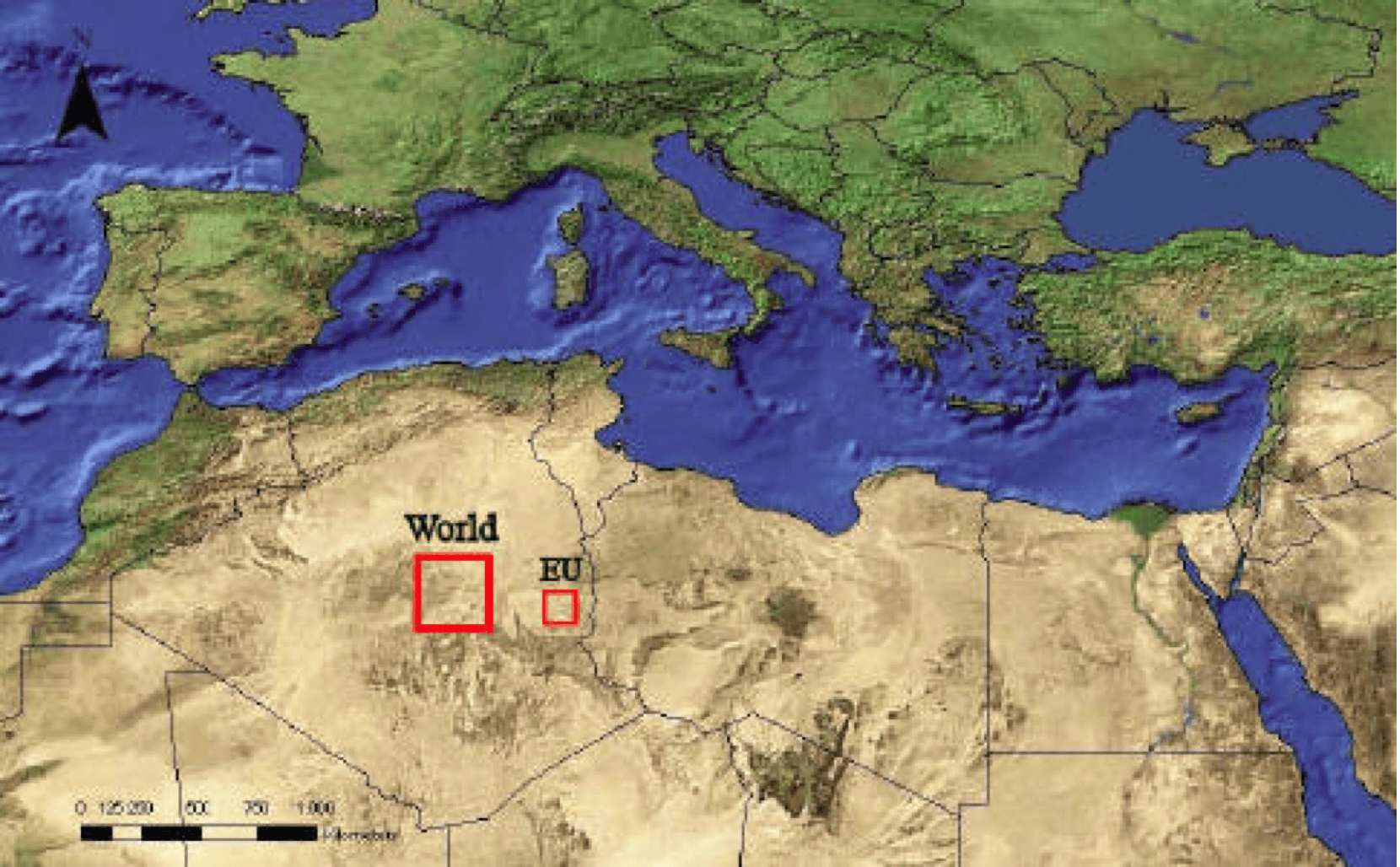It’s worked for 4.603 billion years, so we can safely say it’s passed its credibility test. To power the entire world from solar would require an area of 254 km x 254 km. Each square kilometre of desert receives solar energy equivalent to 1.5 million barrels of oil.

Solar power is quickly becoming one of the main contenders in the fight against fossil fuels. Globally, just between 2019 and 2020, solar energy usage increased 23%, and, in the US, it grew 45%. Right now, solar is experiencing increased innovation and, as its usage becomes more widespread, the technologies are continuing to improve to move the world away from its dependence on fossil fuels. The EU Commission is also proposing plans to make solar panels mandatory on all new buildings from 2029. Today we will take you through some of the major breakthroughs.

Transparent Panels
One of the newest innovations of solar energy is transparent panels. These panels, called photovoltaic (PV) glass, look and function very similarly to glass, except they harvest energy from UV and infrared wavelengths and transform it into power. Since 2020, scientists from across the globe have been able to achieve 100% transparency in PV glass.
PV glass can be more easily implemented in cities. The larger dimensions of conventional solar panels make deployment in dense metropolitan areas difficult. PV glass comes in a much smaller form, making it a far more efficient option for city implementation. One example is Denmark’s Copenhagen International School, which contains 12,000 PV glass panels across its 25,000 m2 area. These panels produce 200 MWh of energy each year, equating to over half of the building’s entire energy usage.
There’s also the cost to consider. Overall, implementing PV glass is a lot cheaper than their conventional counterparts. Regular solar panels can cost anywhere between $40 and $110 per square metre, depending on variables such as site resources, annual energy production, and annual expenses. PV glass has recently seen a slight rise in costs, but currently sits at approximately $6-$7 per square metre, according to market research company PV InfoLink. PV glass is also cheaper than conventional glass, which costs approximately $24-$102 per m2 depending on its thickness.
Being such a new technology, PV glass does have its downsides. The main issue faced currently is its limited functionality. As it stands, the more transparent PV glass is, the less efficient it becomes at storing solar energy. Thus, imagined images of glass metropolises that produce their own energy may be premature. The technical challenges of efficiency are what is holding PV glass back. Until these issues can be solved, it’s not likely to replace conventional solar panels anytime soon.

Solar Blinds
In countries where the sun is an issue, blinds are commonplace. This new and exciting example of solar technology is the work of London startup Filia. Filia manufactures blackout blinds with an innovative twist: whilst blocking out excessive heat in the summer and keeping it in in the winter, they are also plated with solar technology to harvest energy.
One of Filia’s main focuses is positioning solar power as an accessible commodity. CEO David Wharton states that they want to democratise solar, making it an attractive alternative to fossil fuel consumption on a corporate and individual level.
As of now, Filia is marketed primarily towards residential properties, individuals looking to switch up their energy source and lower costs within their own homes, and are looking to start an initial rollout of their products in Spain by the end of this year. However, their innovation is but another example of how solar power is a growing commodity in the energy sector. If the technology provided by Filia can be implemented on a larger scale, it’s a good sign for the future of solar power within the commercial real estate sector.

Thinner Solar Cells
Researchers from the University of Surrey and Imperial College London, have manufactured solar cells that are able to convert 66.5% of sunlight into electricity. The cells are 25% more efficient than the previous thinnest cells created in 2017 and are 100 times thinner than a sheet of paper.
Using ultra-thin silicon crystals to create solar cells is still a relatively new process, and improvements are continually being made. Initially, one third of light projected onto the silicon would bounce off without energy being harnessed. To combat this, the researchers have created a “disordered, hyper-uniform” honeycomb structure across the cell using electron beam lithography and etching fluids. These patterns increase the chances of sunlight absorption, making the cells work at a 21% efficiency, a rate in line with larger, conventional panels.
Making solar panels thinner has a number of benefits. Their lightweightedness makes them easy to implement, and there are even discussions surrounding using ultra-thin cells in extraterrestrial projects. There are also cost benefits, as flexible solar panels are a lot cheaper than conventional ones, largely due to less materials having to be utilised in their manufacture. The increased manufacture of thinner, more flexible, solar cells is an indication of how the solar industry is headed towards a focus on swifter and easier implementation, and stretching the limits of what solar power can achieve.
Where Do We Go From Here?
It’s obvious that there is a real drive to rapidly innovate solar technology to create new and innovative solutions for cleaner energy production. The advances in solar technology are promising, but are only one piece of the sustainability puzzle, and there’s a constant pressure to move faster.
Investing in and implementing renewable energy sources is one of the most vital ways in which the globe can get back on track to achieve the net-zero promises society has made.
Energy from renewables has to be the future, the sun not going to disappear anytime soon, at least we hope not! So lets harness it.

Share your thoughts
No Comments
Sorry, the comment form is closed at this time.